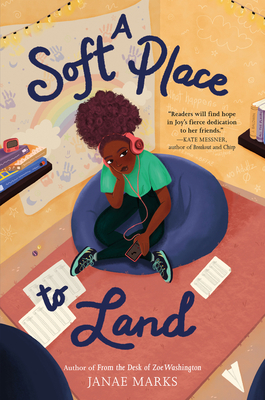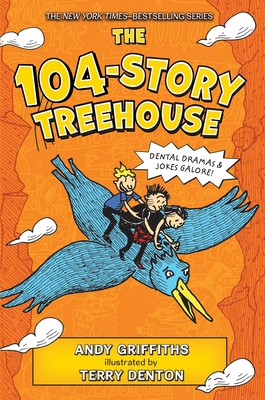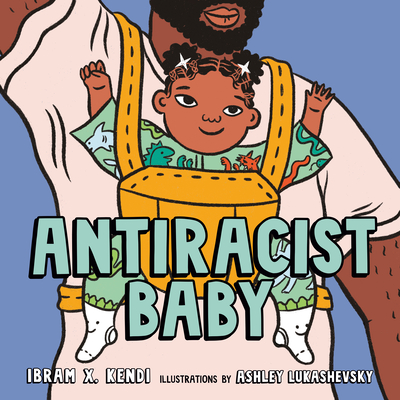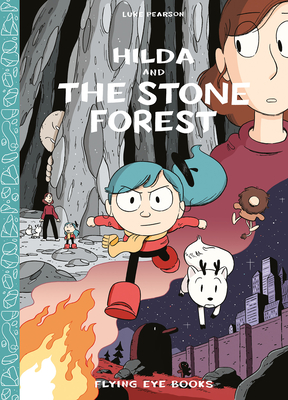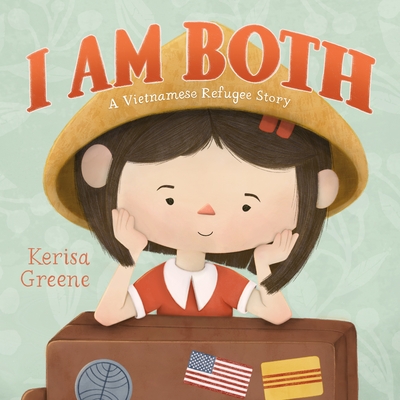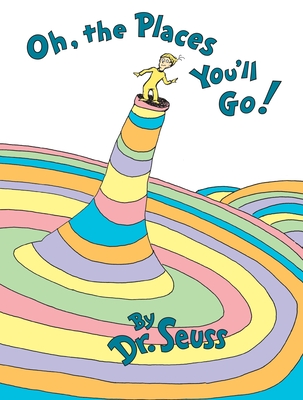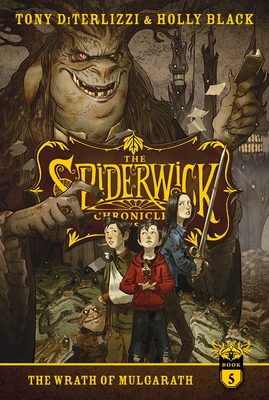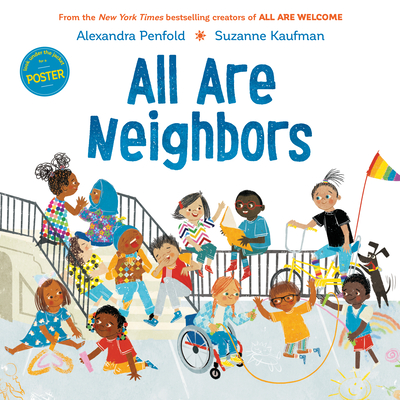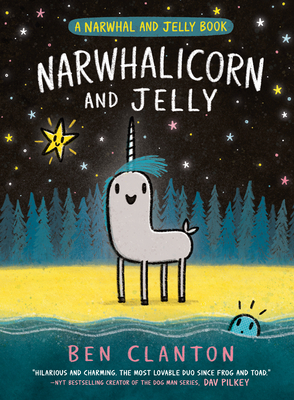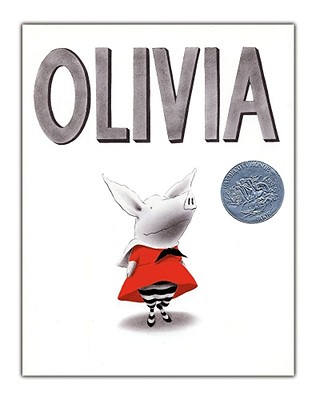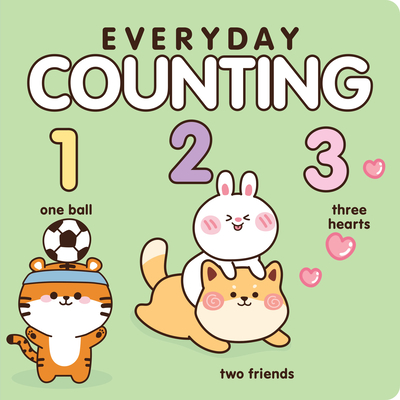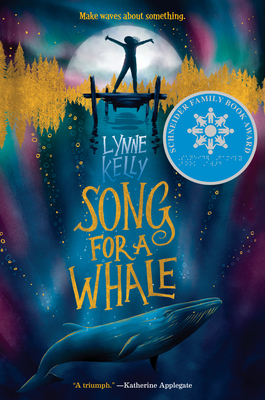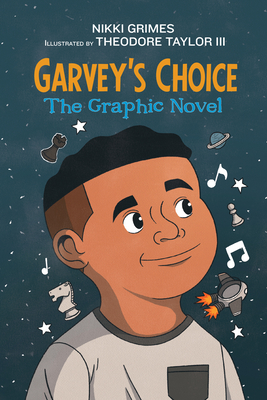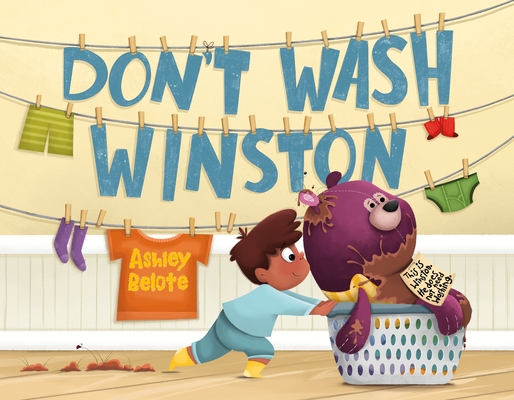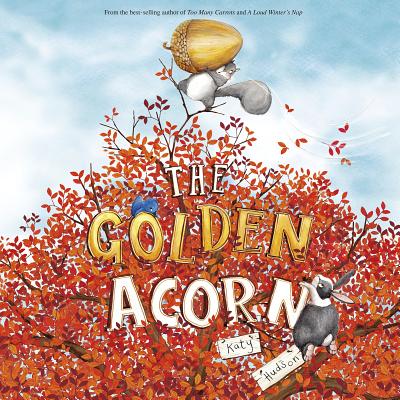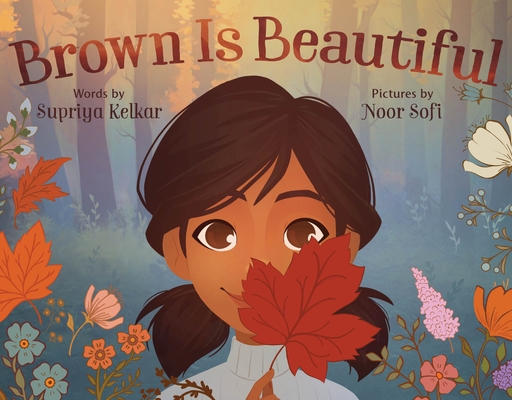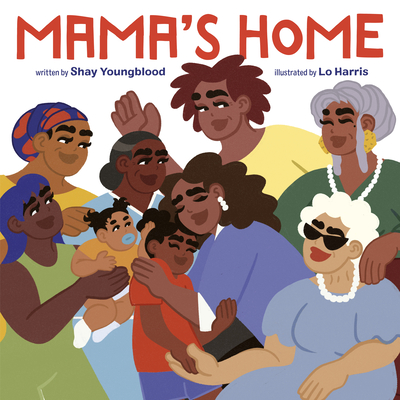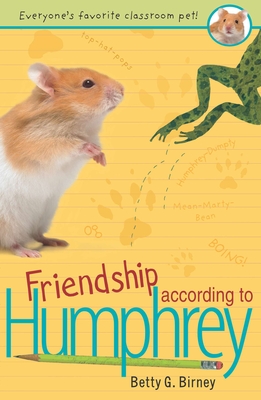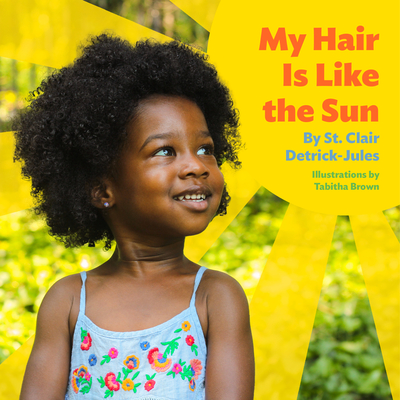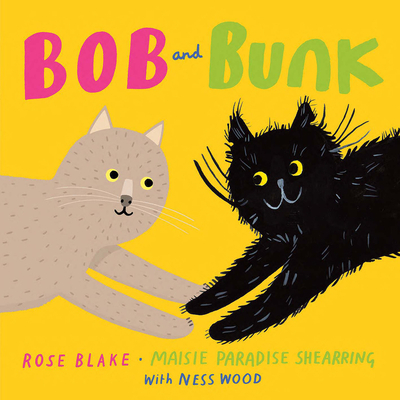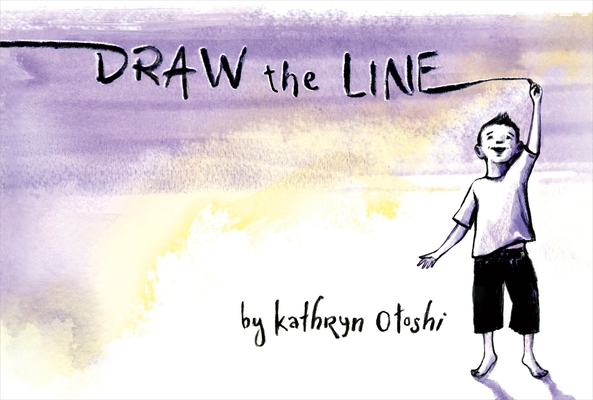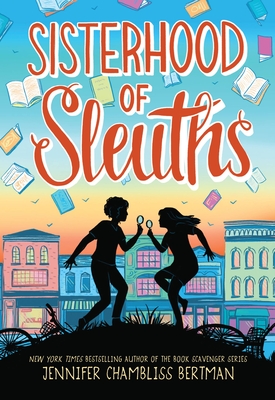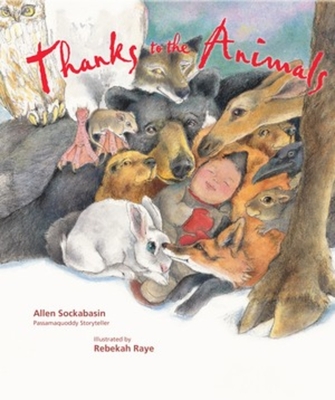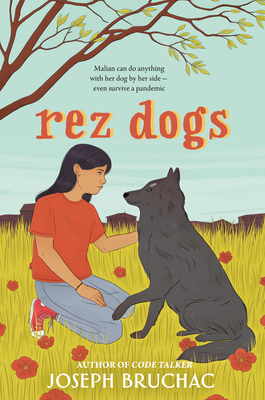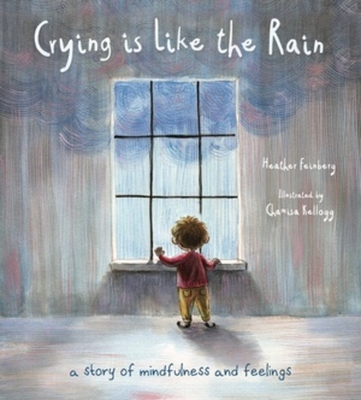
Crying is Like the Rain: A Story of Mindfulness and Feelings
Description
A gentle metaphor for understanding and processing anxiety, stress, and sadness.
Is it possible we’ve misunderstood crying all along? That’s the discovery one big sister sets out to share with her little brother, as they walk to school and get caught in a storm. Along the way they explore sadness, loneliness, fear, frustration, anger and more, through gentle metaphor. Their journey examines our tears revealing how they begin, why they happen, and what to do with them?
Throughout the book, the message received is that we are safe in our emotional experiences and that feelings, like the weather, come and go. This is an empowering story about navigating and understanding our feelings as a healthy, important, and very natural part of our lives. Have you ever noticed you feel differently after you cry? That’s because Crying is like the Rain.
Praise for Crying is Like the Rain: A Story of Mindfulness and Feelings
Centering on a child getting walked to school by an older sibling, Feinberg uses the changing weather as an extended metaphor for fluctuating emotions. Textural illustrations by Kellogg provide a sprightly backdrop to the characters’ journey. Two consecutive spreads—one depicting clear skies as the duo traverse a rural road, the next depicting the gathering storm as a man tending his sunflowers waves to the siblings—stand out, the perspective shift reflecting characters’ reactions to the weather. While some passages feel heavy-handed (“When you are worried or upset,/ scared or lonely, or something deep/ within feels off balance, there is/ a storm building inside you”), the book stands as a reliable entrée for adults to support young readers’ emotional processing. Back matter includes mindfulness activities and advice for caretakers on how to discuss feelings with children.
— PW
Feinberg delves into the topic by addressing the reader directly with questions and using direct address to pull them in. The beginnings of storms can feel uncertain. Some storms are loud and thunderous; some storms are relatively gentle. Sometimes “the storm feels like it will never end, but it always does”. And of course, “crying is like the rain”. It helps release pent-up emotions, oftentimes giving a sense of calm at its end.
— Kirkus Reviews
Crying is like the Rain marks the debut book of Heather Hawk Feinberg, founder of Mindful Kids, and reads as a love letter to her twenty-five years of experience educating and counseling families of all-ages. The story is due to be released at a time when many children have been out-of-school and so, those who anxiously await their return, may identify with Kellogg’s charming illustrations that tell the tale of a little boy who is tearfully bound for his first day of school. Described as a story of mindfulness and feelings, Crying is like the Rain seeks to support children in their lifelong journeys of identifying, understanding and coping with their ever-changing emotions by drawing comparisons to the weather in an intelligent yet accessible way.
There are many messages that can be taken from the story: we are not our feelings; our emotions come and go but should never be ignored; it is important to express ourselves; and even the worst storms come to an end. These lessons in emotional awakening can be reinforced by the excellent suggested activities at the end of the book, helping adults connect to their children through play and dialogue. As a teacher of younger ones, I will most certainly be using Crying is like the Rain in my classroom.
— Ellie Egleton - Armadillo Magazine

